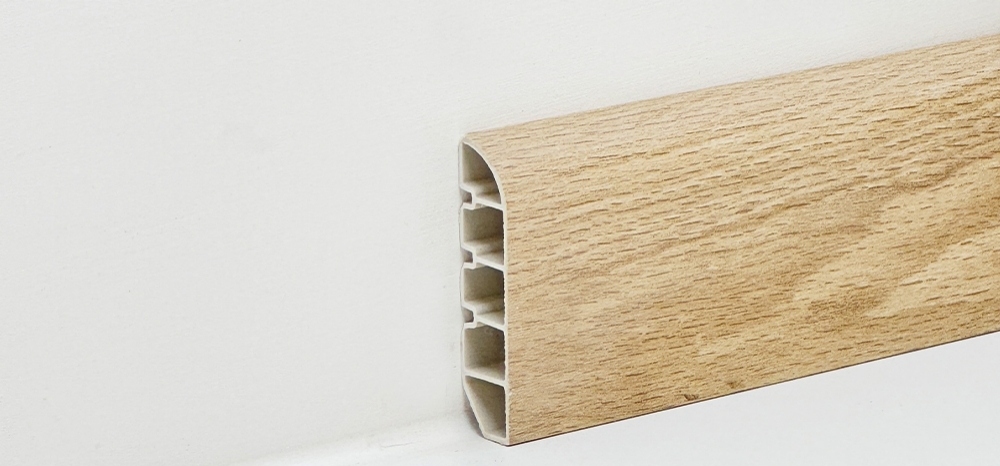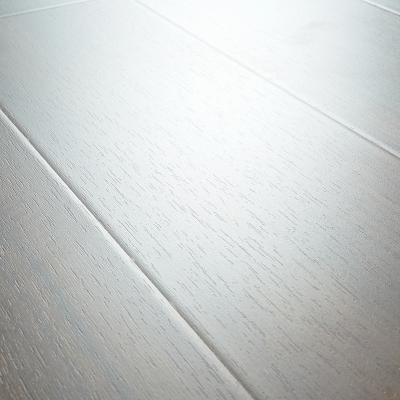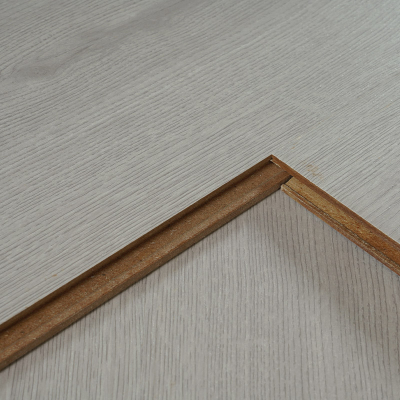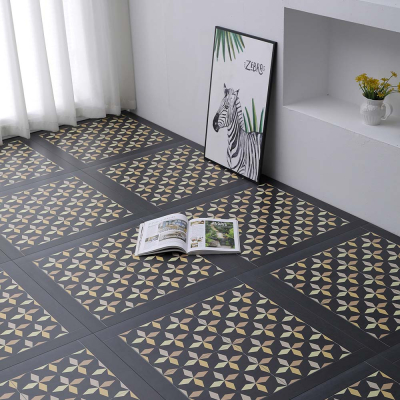SPC Moldings: Leading Sustainable Building Trends | FLOORMAKER
As the world building and indoors layout industries pivot towards sustainable, durable, and competitively priced solutions, SPC moldings (Stone Plastic Composite moldings) are rising as a game-changer. From residential renovations to industrial projects, these versatile trim options are gaining traction for their eco-friendly properties, resilience, and aesthetic versatility.
What Are SPC Moldings?
SPC moldings are engineered merchandise made from a mixture of herbal limestone powder, polyvinyl chloride (PVC), and stabilizers. This aggregate creates a light-weight but strong fabric perfect for baseboards, crown moldings, door frames, and different ornamental trims. Unlike standard timber or PVC moldings, SPC merchandise boast top of the line resistance to moisture, termites, and warping—making them ideal for high-humidity environments like bathrooms, kitchens, and out of doors spaces.
Why SPC Moldings Are Trending?
Eco-Conscious Choice:
With sustainability at the forefront of client priorities, SPC moldings are gaining want due to their low environmental impact. They make use of recycled substances and require fewer herbal assets in contrast to hardwood alternatives.
Durability Meets Design:
SPC moldings are waterproof, scratch-resistant, and immune to temperature fluctuations. Their layered shape (UV coating, ornamental layer, SPC core, and underlayment) ensures long-lasting coloration retention and structural integrity.
Easy Installation & Maintenance:
Designed for common installation, SPC trims frequently function click-lock structures or adhesive backing. They require no portray or sealing and can be cleaned with a easy wipe.
Cost-Effective:
While mimicking the seem of top rate timber or ceramic, SPC moldings are notably less expensive to produce and install, providing budget-conscious shoppers a high-end aesthetic except the top rate charge tag.
Market Growth and Industry Adoption
According to a 2023 record by Grand View Research, the international SPC floor and molding market is projected to develop at a CAGR of 7.5% through 2030, pushed by using rising demand in Asia-Pacific and North America. Major producers like Mohawk Industries, Shaw Floors, and Tarkett are increasing their SPC product lines, signaling self belief in the material’s future.
Architects and indoors designers are additionally embracing SPC moldings for their versatility. “SPC permits us to create seamless, present day designs whilst assembly strict sustainability certifications like LEED,” says Linda Carter, a New York-based indoors designer.
Environmental Credentials
SPC moldings align with international inexperienced constructing standards. Many merchandise are phthalate-free, CARB-compliant, and recyclable. Their durability reduces the want for customary replacements, similarly minimizing waste.
Applications Beyond Residential Use
While properties stay the main market, SPC moldings are an increasing number of used in:
Healthcare facilities (due to hygienic, non-porous surfaces)
Retail spaces (for sleek, low-maintenance displays)
Hospitality (hotels leveraging water-resistant trims in spas and pools)
Challenges and Future Outlook
Despite their advantages, SPC moldings face opposition from WPC (Wood Plastic Composite) and luxurious vinyl alternatives. However, improvements in textured finishes and 3D-printed customization are anticipated to solidify SPC’s position.
Conclusion
SPC moldings signify a fusion of sustainability, affordability, and plan flexibility—qualities crucial to the future of construction. As shoppers and industries prioritize eco-friendly materials, SPC is poised to end up a staple in modern-day architecture.
As FLOORMAKER continues to amplify in the international constructing substances market, FLOORMAKER's dedication to shoppers and the enterprise will stay central to prioritizing SPC moldings innovation, fantastic and sustainability in environmentally pleasant materials. FLOORMAKER, a producer of progressive constructing substances you can trust.








